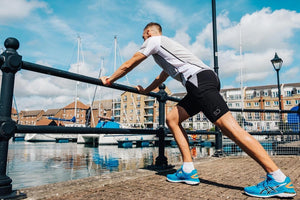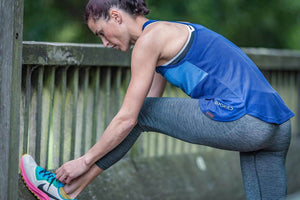
It took me over two years to be able to run a 10k with no problems from shin splints. When I was trying to get to the bottom of the issue I read every website, visited several physiotherapists, and went to no less than 3 running coaches for video analysis. But what fixed the problem was working with my body and listening to what it was telling me.
My fitness through cycling is good, and it is disproportionately balanced with my running capabilities. Fitness-wise, I could run a lot further and a lot faster than my legs will actually allow me. To this day I feel like I could run quicker but always hold something back. Most of the reading I did said to only add 10% extra distance or speed a week, to build up slowly, and to take it easy. And I think this really is the best advice. Along with changing running techniques.
Top Tips For Preventing Shin Splints
Running in appropriate shoes.
As I was running neutral style I went through several types of trainers trying to find ones that offered appropriate protection. Barefoot shoes, as much as I love them, are not right for me.
Step training.
This is probably the single best change to my running training; running up and down countless flights of stairs. It doesn't load my shins at all and means I can really work on my core fitness and build my leg muscles whilst letting my shins rest. I can't recommend step training enough.
Squat Training.
Where I couldn't run I tried to work on the muscles that supported running like the calf muscles.
Perseverance.
I have been working on this for several years and I know if I push it too hard I will be back to square one. This year I completed two half marathons and although my shins did hurt afterwards, it was only for a few days.







